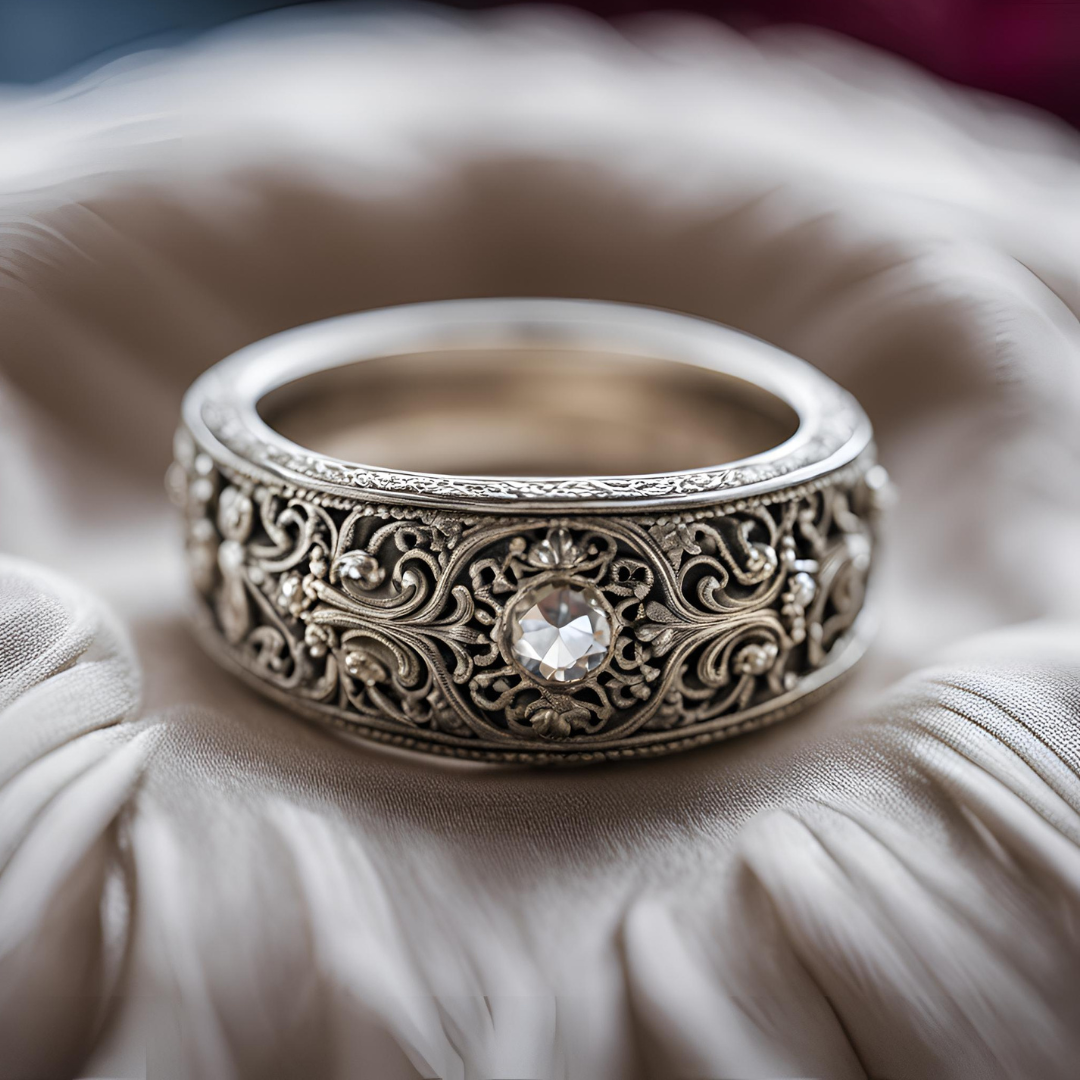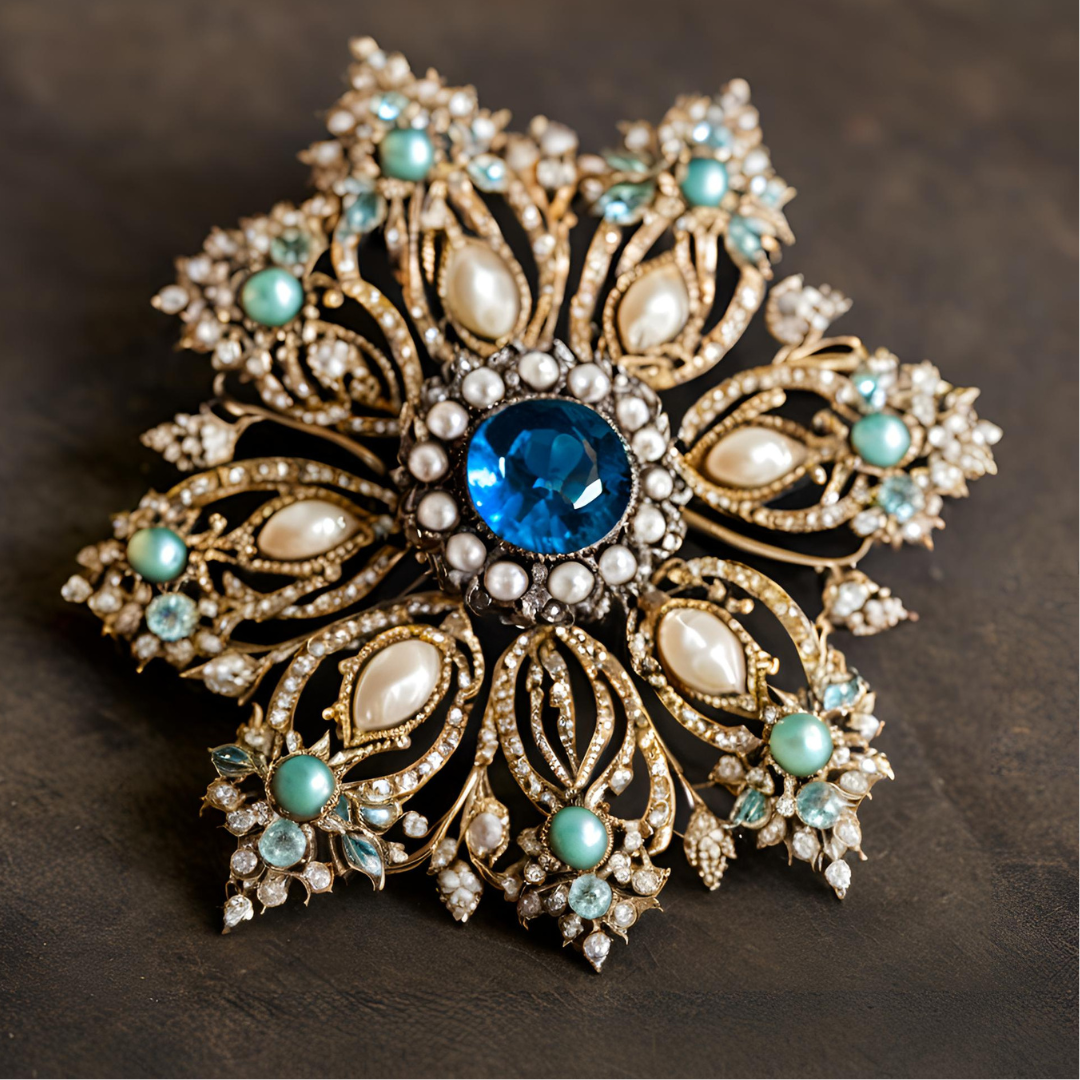It’s movie night! Which flick are you choosing?
- A romantic saga of heart-wrenching twists and turns
- An animated feature full of gorgeous art
- A nature documentary
- An adventure film with a plucky young hero or heroine
- Something science fiction, preferably set in space
What is your greatest strength in the workplace?
- Your empathetic nature
- Your office camaraderie
- Your healthy work-life balance
- Your bold ideas
- Your dedication to success
On a weekend, you would rather:
- Stay in and do some journaling about your feelings…
- Host a dinner party
- Go for a hike or nature walk
- Get together with friends for fancy cocktails
- Hit the town for some shopping
You sometimes struggle to…
- Handle your intense emotions
- Enjoy the present rather than romanticize the past
- Feel at home in this fast-paced world
- Be more practical and plan for the future
- Appreciate what you have instead of wanting for more
Your ideal vacation would be:
- To Paris, for romance!
- To Paris, for the arts and culture!
- A camping trip in your favorite National Park
- To a big, high-tech, modern city like Tokyo
- A road trip around the good ol’ US-of-A
If you had to sum yourself up in one word, it would be:
- Passionate
- Classy
- Inquisitive
- Bold
- Optimistic
Now, tally up your answers and see what you got…
-
Mostly As: Victorian Era
-
Mostly Bs: Edwardian Era
-
Mostly Cs: Art Nouveau Era
-
Mostly Ds: Art Deco Era
-
Mostly Es: Mid-Century Era
Victorian Jewelry
Do you wear your heart on your sleeve? Do you find catharsis after a good cry? Do your moods affect your friends’ moods, and vice versa? If so, you’d fit right into the Victorian Era.This Era lasted a long time–throughout the entire reign of Queen Victoria–and actually encompassed three specific periods: the Romantic Period, the Mourning Period (sometimes called the Grand Period) and the Aesthetic Period. Each of these periods was associated with certain emotional events in Queen Victoria’s life. Because she was such an influential figure, members of the public often felt they were experiencing these emotions alongside her.
The Romantic period corresponded with the courtship between Victoria and her future husband, Prince Albert. The two were very much in love, and their youth and romance inspired lots of jewelry with sentimental themes. Romantic Period jewelry was opulent and celebratory. It featured hearts, buckles, anchors, clovers and lover’s knots symbolizing the bond between Victoria and Albert. It was also a hopeful time for Great Britain, as the country underwent many social reforms.

The Mourning Period corresponded with Albert’s death and Queen Victoria’s grieving. The American Civil War and other wars and revolutions occurring across Europe dulled public interest in opulent jewelry. Pieces from the Mourning Period tend to be large and weighty, but not flashy. Black gemstones, such as jet and onyx, were commonly used.
As the world moved into a more peaceful period and Victoria’s grief lessened, styles changed again during what came to be known as the Aesthetic Period. This was an era of industrialization and growth. Many people felt hopeful about the future, and the designs of the era reflected that optimism. In addition to becoming lighter and sleeker to keep up with the fast-moving workforce, Aesthetic Period jewelry leaned into the idea of art for art’s sake. Nature-inspired themes like animal heads, oak leaves, stars, owls and horseshoes were especially common.
Edwardian Jewelry
Sometimes, it’s tough for you to keep up with this fast-paced world. You like to stop and smell the proverbial roses, and appreciate beauty for beauty’s sake. Maybe that’s why you love a nice, classy social event. You might let your sentimental streak get the best of you at times, and you might struggle with the constant demands of modern life, but we think you’ll find where you belong in the Edwardian Era.
Machine production of jewelry amped up during the Edwardian period, but the styles of the day were light and airy. Edwardian jewelry is best described as delicate and flowy, easy to pair with the loose and unrestrictive clothing popular at the time. As people entered a modernizing workforce and adopted more fast-paced lives, they needed accessories that could keep up with them. Machine production also made jewelry more affordable.
During this era, soft and elegant materials and motifs reigned supreme. Garlands, ribbons, tassels, bow knots and lace were popular symbols, while pearls, velvets, and light colored gems–including diamonds–were the choice materials of the time. Many pieces had an ethereal quality. People appreciated Edwardian jewelry’s simplicity and saw it as a nod to simpler times, giving it a sentimental effect. You can still find quite a few pieces of Edwardian jewelry around today.
Art Nouveau Jewelry
Hello, proud tree huggers and hiking enthusiasts: welcome to your era. If you’ve ever been wildflower picking, if you’ve ever tried to go vegetarian, and if nothing sounds nicer to you than driving out to the beach to watch a sunrise, then Art Nouveau jewelry is for you.While the late Victorian and Edwardian eras embraced industrialization, the Art Nouveau Era offered some pushback. Heavy on nature themes, Art Nouveau style designs encouraged wearers to step out of urban life, if only for a moment, and appreciate all the beauty the world has to offer. Art Nouveau pieces purposefully incorporated asymmetry, wavy lines and imperfections–a contrast to machine precision, and a way of acknowledging that flawed things can be beautiful.

Art Nouveau designs were a splash of color. They often incorporated complex palettes, pastels and floral hues. Opal, enamel, pearl, horn, jasper, ivory, amber and glass were popular materials for Art Nouveau designers. Their pieces featured dragonflies, blossoms, butterflies, depictions of natural cycles (such as the changing seasons), and even fantasy figures like nymphs and sphinxes living in harmony with nature.
Art Deco Jewelry
Jetsetters, party people and modern girls, welcome to your era. You have a love for all things shiny and new. You’re always itching to try something different, whether it’s a different job, a fancy new cocktail, or a vacation to an unfamiliar part of the world. Art Deco style has all the excitement and innovation you’re looking for–and then some.The Roaring Twenties were an age of luxury, and the jewelry reflected that. As the world continued to modernize, Art Deco designers embraced futuristic looks: clean lines, geometric patterns, bold silhouettes and vibrant colors. Art Deco jewelry tended to be elegant but practical, as women were playing a larger role in public life. Many pieces looked flashy but were actually quite light and airy.

The Art Deco movement also took inspiration from international motifs as technology connected the world like never before. Egyptian revival designs were particularly popular, especially since many archaeologists and historians were discovering new ruins and artifacts in Egypt at the time. Lotus blossoms, scarabs, pyramids and eyes of Horus were commonplace.
Cocktail rings were perhaps the most coveted piece of the era. As cities filled with new workers, social scenes blossomed. Women wanted jewelry they could show off at parties and gatherings, and bold cocktail rings fit the bill.
If this is your era, you’re in luck. Plenty of Art Deco jewelry is still around today!
Mid-Century Jewelry
You’re a hard worker who appreciates having a bit of extra cash to spend on the finer things in life. You can appreciate simple pleasures, too, and some might call you a bit of a traditionalist. But what you’re best known for is your sunny disposition and unbridled optimism. Lucky you: the Mid-Century Era is your perfect fit!After a difficult historical period, the 1950s were an age of prosperity. Jewelry from the Mid-Century era reflected the optimism and innovation of the time. Luxury was in, with matching jewelry sets becoming a popular way to flaunt one’s disposable income. Some jewelry showed whimsical animals and figures, while some moved toward the abstract with Space Age imagery and interpretive designs like starbursts and clusters. Pearls also had a big moment.

The jewelry industry underwent its fair share of postwar change. New methods of diamond cutting created more brilliant stones and made it easier to produce diamonds in a variety of shapes. And in 1948, De Beers sought to make diamonds the official engagement ring stone. They launched their iconic, wildly successful “Diamonds are Forever” campaign, which cemented the diamond’s place as the ultimate symbol of love and commitment.

